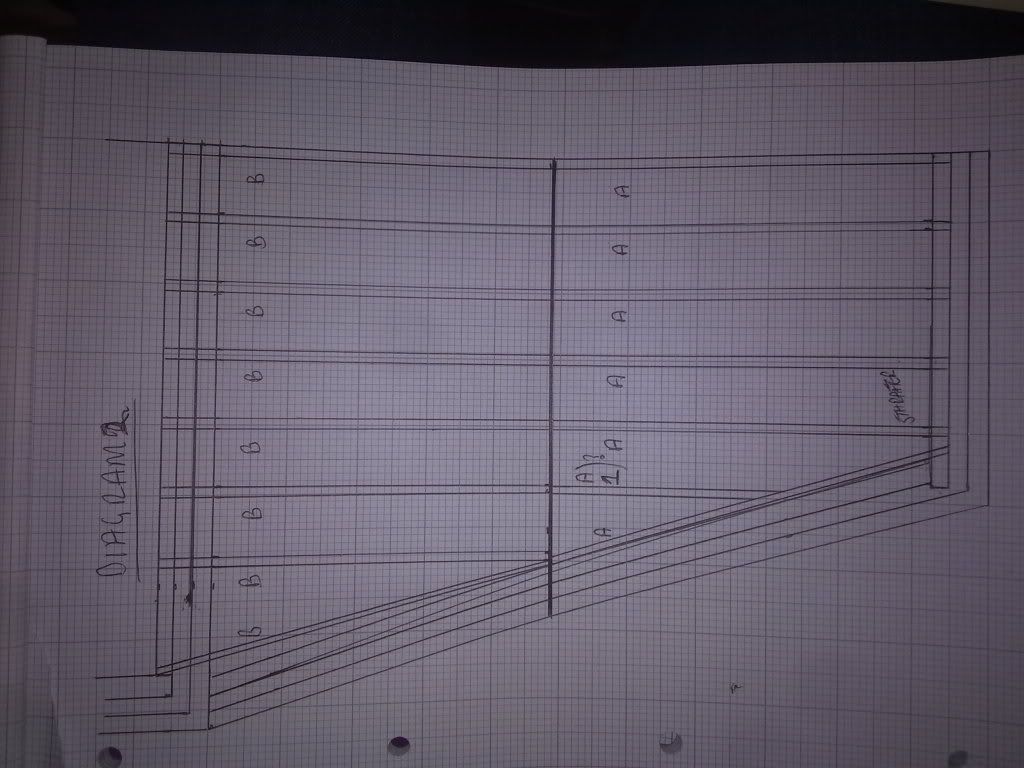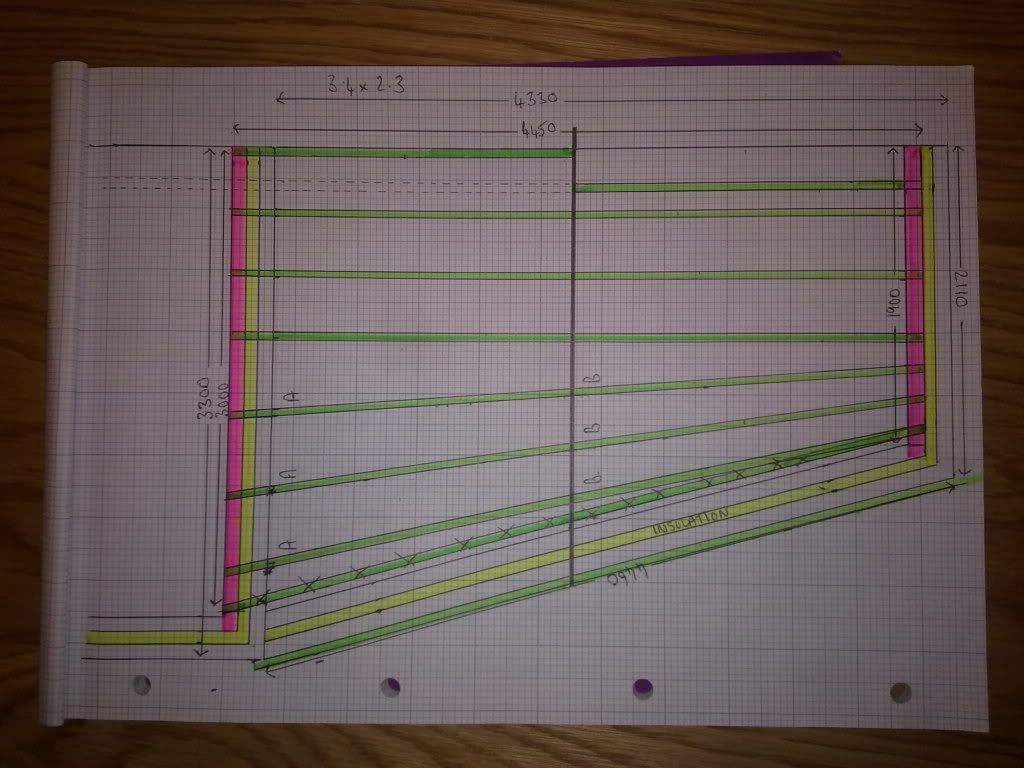May I ask for some help. I am trying fathom a cut and pitch gable roof. The span is 4.4mtrs plate to plate and the width is 3.2mtrs. On the spec it states use 47x195 C24 grade timber for the ceiling joists but I have always followed the rule of thumb of span x 2 plus 1 for joist depth so really they should be 47x225. Or is it because they are ceiling joists that the load won't be the same as floor joists therefore the depth can be less?
Which leads onto my second question, the roof pitch is 37.5 degrees the width is 3.2 mtrs, under certain circumstances purlins and struts would be used however because there is no central wall, or any wall, would a King Post be sufficient on each pair of rafters or should further bracing be incorporated.
I know there are people on this site that have profound knowledge of cut and pitch roofing and may wonder why I am asking these questions, it is only because I take my vocation as a Carpenter very seriously, whilst I am only six years in there are still things I have to learn, my nemesis of Cut and pitch being one of them.
Thank you in advance, Chirpy
Which leads onto my second question, the roof pitch is 37.5 degrees the width is 3.2 mtrs, under certain circumstances purlins and struts would be used however because there is no central wall, or any wall, would a King Post be sufficient on each pair of rafters or should further bracing be incorporated.
I know there are people on this site that have profound knowledge of cut and pitch roofing and may wonder why I am asking these questions, it is only because I take my vocation as a Carpenter very seriously, whilst I am only six years in there are still things I have to learn, my nemesis of Cut and pitch being one of them.
Thank you in advance, Chirpy



